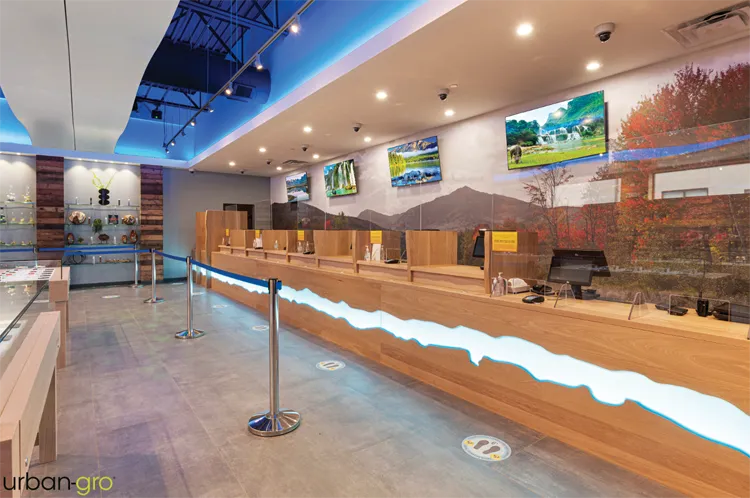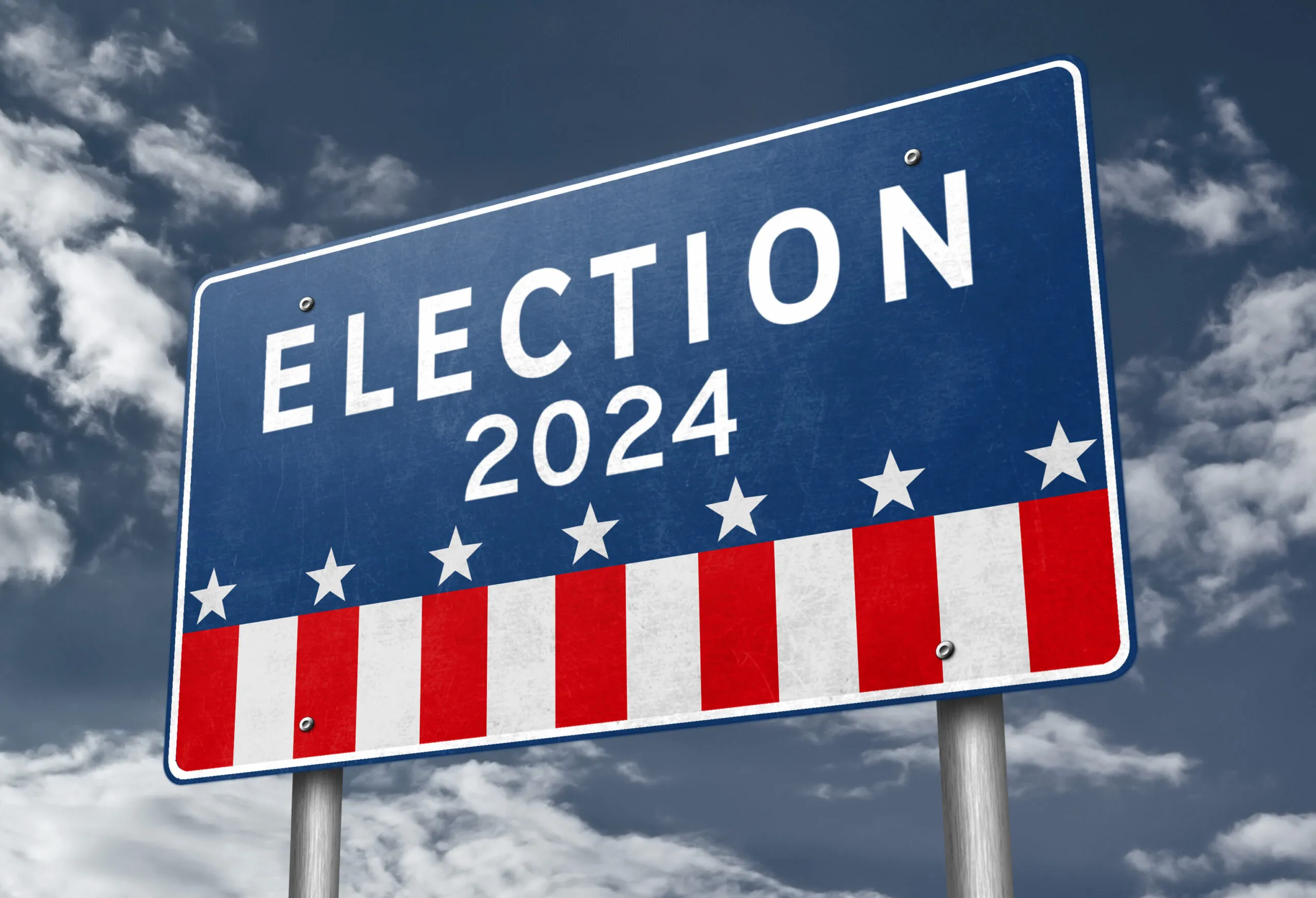Form and function: Urban-gro expands into pot-shop design

LAFAYETTE — Pot shops have come a long way in the nearly two decades since the first medical cannabis dispensary opened in Colorado.
For years, many retail operators prioritized function over form, resulting in stores with all of the vibe and character of a doctor’s office waiting room. But as the industry has matured, dispensaries increasingly see store design as a means of differentiating themselves from their competitors.
Lafayette-based Urban-gro Inc. (Nasdaq: UGRO), traditionally a firm that focused on indoor agriculture engineering services for cannabis growers, has begun diversifying its offerings to include design and architectural services to help pot-shops stand out…
THIS ARTICLE IS FOR SUBSCRIBERS ONLY
Continue reading for less than $3 per week!
Get a month of award-winning local business news, trends and insights
Access award-winning content today!



